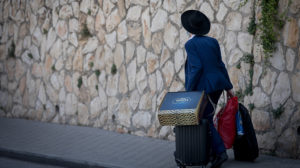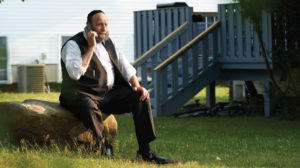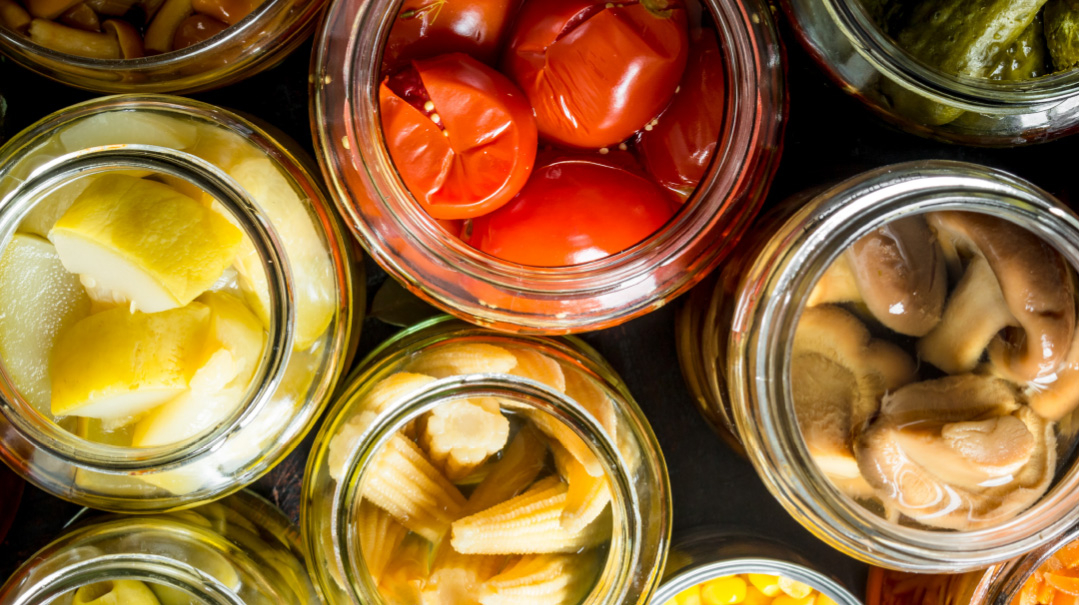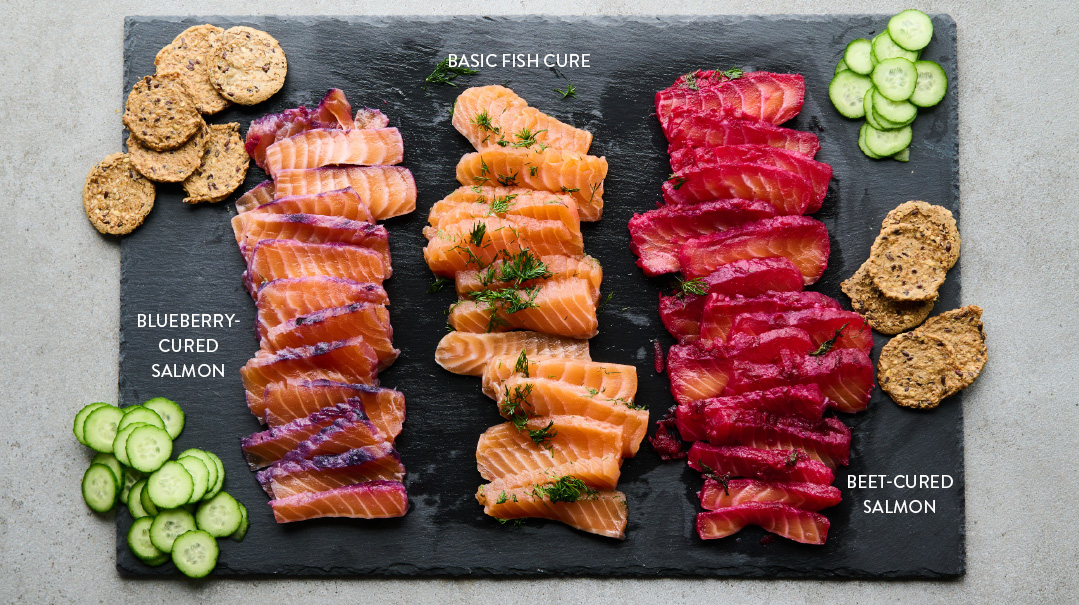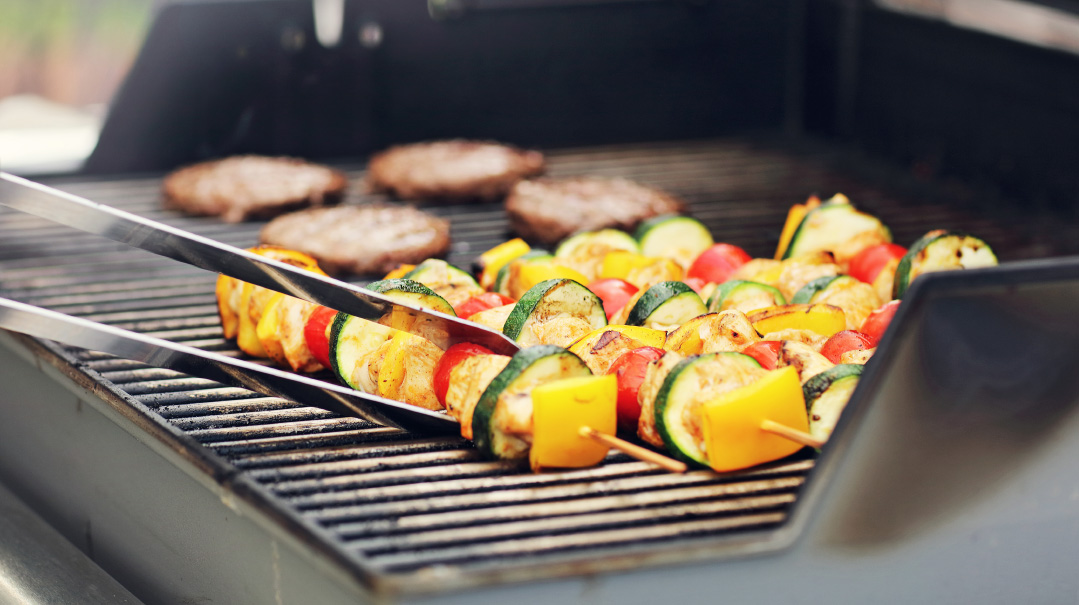Full Marks in the Kitchen
| July 6, 2016
What do you consider the most practical part of your own education? Halachah? Math? Language arts? How about the art of cooking and baking? British-born great-grandmother Mrs. Ruth Steinberg has taught the ever popular and practical cookery class in Bnos Yisroel school of Manchester for enough years to teach plenty of mothers and daughters. Most high schools in England teach the Food and Nutrition course to all students in grades seven through nine. It is then offered as an elective for the remainder of high school where it culminates in a G.C.S.E. government examination with both theory and practical elements. And while hundreds of pupils are using the recipes from their school cookery books in their own homes Mrs. Steinberg takes an extra special pride in the fact that a few have gone on to become cookery teachers too. In fact when she retired last July one of the ladies who took over her teaching post was a former student.
Bnos Yisroel views the subject as an opportunity to teach frum girls an important life skill. “When I first started teaching cooking was mandatory in all grades of our school. Our principal had been in kollel in South Africa and there was an American newly-wed there. The first Shabbos she was absolutely helpless. There was no kosher takeaway there and she had no idea what to buy and how to cook it. The other kollel wives had to take her in hand and teach her how to cook. So our principal wanted every student to know how to set up a kitchen and prepare meals. A girl never knows where she will find herself and may not always be able to buy what she wants” says Mrs. Steinberg.
Based in a spacious fully-equipped kitchen which was updated twice during her tenure Mrs. Steinberg taught full-time as each class spent a double or triple period in the school kitchen weekly. Alternate weeks featured a theory class and cooking demonstration the week in between was time for the students to roll up their sleeves and get cooking. Seventh and eighth graders cook one recipe per practical lesson but by ninth grade the work picks up pace and the girls prepare several dishes each lesson.

“We start in seventh grade with basic nutrition food groups and commodities setting up a kitchen and some easy cooking. My easier recipes include pizza knishes Shepherds’ pie and apple crumble. As the girls go through the school they get more proficient and we learn nutrition in detail more complex cooking methods and how to use different equipment ” Mrs. Steinberg explains.
While some students are very interested in the cooking classes and some less Mrs. Steinberg says that every grade contains some girls who have absolutely no idea what to do in the kitchen. “The ones who know nothing are the ones whose mothers have not allowed them to cook. Others are quite competent.” Not every girl is cut out to be a gourmet cook but in Mrs. Steinberg’s experience every girl who is taught cooking and has a good recipe book should be able to produce a nutritious meal.
To get them enthusiastic about the subject, Mrs. Steinberg starts her courses with baking methods, because who doesn’t like a good piece of cake. Originally, she and her girls were rubbing in, whisking, or creaming cake mixtures by hand. Now, of course, the school provides electric mixers. “I still did my own baking demonstration by hand, though. Just to show that it can be done, before we all brought out our machines.”
Classics like apple pie and scones have been favorites in the school’s cooking classes for decades, and if given a choice of what to cook in class, pizza is always high on the list. “In some classes I’ve had to say ‘no pizza.’” says Mrs. Steinberg. Fish, though, has become a no-go area in recent years. “I don’t know why! We used to cook many fish dishes, now if I mention fish I get a groan from the girls. They will just about put salmon in the oven, they won’t touch other fish.” Mrs. Steinberg laments. “Some of my own grandchildren don’t eat fish either — it was not like that years ago.”
Kitchen Tests and Trends
The course also includes dealing with a variety of dietary needs. “A few years ago I received a letter from a student. She said that when we taught about vegetarianism in school, she had no idea why she would have to know that. But she got married and her husband had a custom not to eat meat during the shovavim weeks. She told me she was using her notes and the meal plans we had created to prepare varied food for him!”
The government exam on the subject used to be a practical test. Now some boards offer coursework options. Mrs. Steinberg explains how the assessment works. “We are given a choice of topics for coursework. For example: The Influence of Changing Lifestyles on the Eating Patterns of The Modern Family or An Expectant Woman Has Changing Dietary Needs. Investigate and prepare a meal which fulfills her needs, or Investigate inadequate nutrient intake (anemia) and prepare a suitable meal for someone dealing with this problem.“
The students complete these projects over time. They have to decide on their own menus, prepare the food, and prepare several written elements.
“This is the first year I won’t be marking coursework and making Pesach at the same time,” laughs Mrs. Steinberg.
“I’ll tell you one change which has brought me joy,” Mrs. Steinberg continues. “When I started teaching, the girls did not know how to make challah at all. Baruch Hashem I have a very successful challah recipe, and I get wonderful feedback — I meet many girls who tell me that they are using it and so are their mothers. Nowadays, more girls see their mothers baking challah and have an idea of how to do it.”
Another positive food trend is minimizing margarine use. Mrs. Steinberg has tried to cut this unhealthy ingredient out of her cooking classes as much as possible.
Recipes taught in school are compiled in each girl’s cookery book and most Bnos graduates make use of these recipes in their own homes. When they meet, Mrs. Steinberg, they often tell their old teacher how useful their favorite ones are. When Mrs. Steinberg retired at the end of last year, hundreds of past pupils sent in notes for an album. “Some of them mentioned recipes I had long removed from the repertoire and forgotten.”
Cooking For Life
Cooking together with a class full of friends is never lonely. There are the successes, the joy of a girl who has cooked her first real food and can take it home for the family’s supper, and the failures, when young cooks have not paid careful attention and their work doesn’t turn out quite like Mrs. Steinberg’s expert demonstration. It may sound like a fun class, but generations of Bnos girls have found that Cookery is no soft option.
Mrs. Steinberg recalls one test answer which showed her the possibility that the finer points of cooking could sail over some girls’ heads. “I had taught the girls how to bake pies with pastry,” says Mrs. Steinberg. “You make the pastry and roll it out, then what you do is line with paper or foil, weigh it down, and bake it unfilled. The technical term for this is to “bake it blind”. But on the theory test, when I asked the question ‘what do we mean by baking blind?’ one girl wrote ‘when you bake with your eyes closed’”.
But besides the health benefits of different grains, how to bake successful sponge cakes, and a great recipe for Shepherd’s Pie, there are many life-skills the girls can pick up from an exemplary homemaker like Mrs. Steinberg. “You never know what you are giving when you teach. I had a very difficult pupil once. I knew her home background was difficult, and I tried to be as patient as possible. Years later, I was sitting shivah for my mother, and this girl, now a married woman, came in. She said ‘I can’t tell you what your lessons gave me. It was much more than the cookery — it was the small stories you told about your family life which have made me what I am.’ I am so thankful for that opportunity to help girls build homes, and sometimes it’s not the actual skills, but the anecdotes I would recount to keep their interest.”
With their well-thumbed cookery books helping them get supper right every time, the Bnos girls would agree that their enjoyable hands-on kitchen experience in school, delivered with Mrs. Steinberg’s expert Jewish home-making wisdom, has been a solid foundation for the rewarding task of feeding their families.
Scones
A British tea-time favorite!
If you don’t serve afternoon tea with scones, jam, and clotted cream, try these for breakfast with some fruit and yogurt!
- 8 oz (200 g) self raising flour
- 2 oz (50 g) 0 trans fat margarine
- 2 oz (50 g ) sugar
- 1 egg
- 2 oz (50 g) raisins
- 1—2 Tablespoons water / milk
- 1 tsp baking powder
Rub the margarine into the flour to form breadcrumbs.
Add sugar and baking powder, mix well.
Add egg and raisins and water and mix until a pliable dough forms.
Roll out on floured worktop, approximately half an inch thick, and cut into two and a half inch rounds.
Brush the top with egg or milk and bake for 15-20 minutes on Gas mark 4, 350°F , (180 °C).
Cool. Cut in half and spread with jam or whipped cream.
Cornish Pasties
These delicious savory pies are amazingly versatile. Your family will love them.
Pastry
- 8 oz (200 g) plain flour
- 4 oz (100 g) 0% trans fat margarine
- 8/9 Tbsp water
- Filling
- 1 small onion
- 1 medium potato
- Either: 7 oz (200 g) minced meat or 7 oz (200 g) can salmon or 7oz can tuna or 3 oz grated cheese
Peel, quarter, and par-boil potato for 5 mins.
Drain and cool.
Put flour and fat into a bowl. Rub in until fine crumbs formed.
Add 7 Tbsp water to a well in the middle. Mix.
Knead, adding any extra water slowly, until a pliable dough forms.
Dice onion and potato, add other filling ingredients.
Sprinkle worktop with flour.
Roll to ¼ inch (.6 cm) thickness and cut rounds with a saucer.
Place one spoonful of filling in the centre of half the rounds
Brush around the edges with water, and place another round on top, joining edges.
Brush again with water, make an air hole.
Bake at 375 °F (190 °C) for 20/30 mins.
(Originally featured in FamilyTable, Issue 499)
Oops! We could not locate your form.



